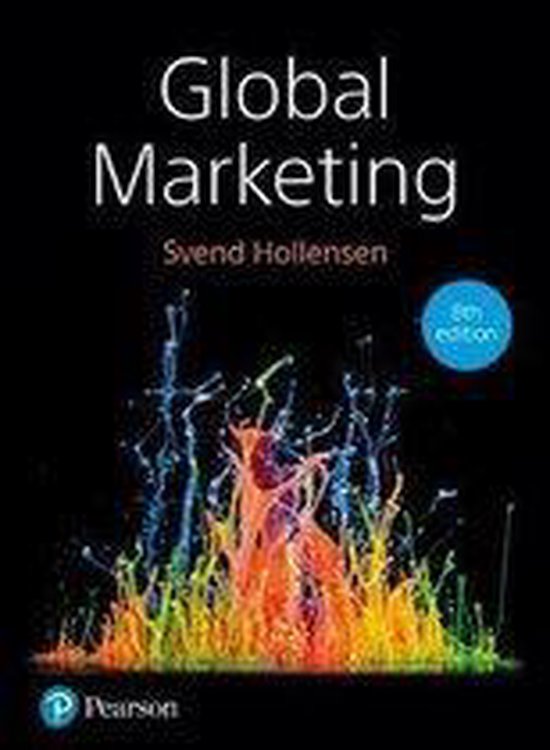Summary
Summary Global Marketing by Svend Hollensen, International Branding Exam Year 4 (2020/2021
- Course
- Institution
- Book
Extensive summary of the Global Marketing book by Svend Hollensen for the International Branding exam in year 4. Included chapters are (only relevant theory stated for the exam): Chapter 1 Chapter 2 Chapter 3 Chapter 4 Chaper 8 Chapter 9 Chapter 10 Chapter 11 Chapter 12 Chapter 14 Chapter 16 Chap...
[Show more]




